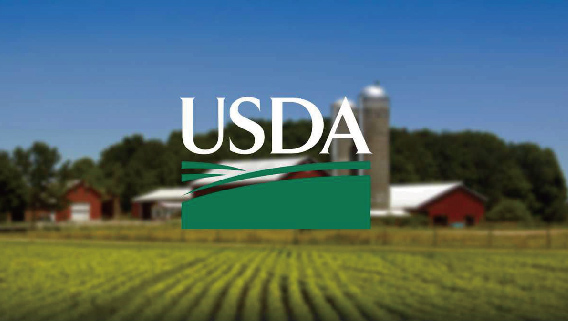
US Department of Agriculture is referring to a program which they spur economic development, create new jobs and provide new markets for farm commodities. The increased development, purchase, and the use of bio-based products reduces nation’s reliance on petroleum, increases the use of renewable agricultural resources, and contributes to reduce adverse environmental and health impact. Moreover, bio-based materials can be engineered to provide performance features as well as environmental advantages such as recyclability or biodegradability. Advanced textile innovations such as Sportswear within the fashion industry is embracing the use of biobased textiles. Therefore, 100 % Nylon Doped Dyed specialized as a Bio-based membrane were produced as a trend where chemicals compounds having carbon-based molecular structure for finishing products in order to create a better high-quality performance that were considered as sustainable and eco-friendly fabrics for companies (BioPreferred|About, 2021).

(Source: International, C., 2021. Inolex: 55 ingredients with USDA biobased certification. [online] COSSMA.
Reference: Biopreferred.gov. 2021. BioPreferred|About. [online] Available at: https://www.biopreferred.gov/BioPreferred/faces/pages/AboutBioPreferred.xhtml.
100% Nylon Doped Dyed Bio-based
Wet processing refers to one of the common steps used within the textile industries which has the significant impact to the environmental and health issue. The reason is that there are huge amount of chemicals and dyes are used in the wet processing in result of the complex chemical composition. Hence, doped dyed bio-based fabrics are developed in order to help the environment and society. Our doped dyed biobased membrane is an eco-friendly material that reduce water resources in usage and lessening by the pollution. It reduces CO2 emission, save water resource, avoid dyeing pollution as well as creating better color fastness. It is sustainable where it is suitable to stretch face fabric at the same time. Furthermore, dope dyeing adoption uses less chemicals and energy that are needed when processing with less water generated. Therefore, 100% Nylon Doped Dyed Bio-based fabric is produced for a better environment as well as better finishing performance when applying to garments for long lasting product (Barrett and Barrett, 2014).
As the sustainable trend is ongoing and will continue in the future, bio-based nylon is in the sustainable procession including saving water resources, avoid dyeing pollution as well as better color fastness, and it is currently used as fabric material. Through the processing and modification, nylon doped dyed bio-based is expected to be used in the field of the manufacturing in the future.

Reference: Barrett, A. and Barrett, V., 2014. Is Biobased the New Highway to the Old Nylon?. [online] Bioplastics News. Available at: https://bioplasticsnews.com/2014/08/15/biobased-instead-of-nylon/.
